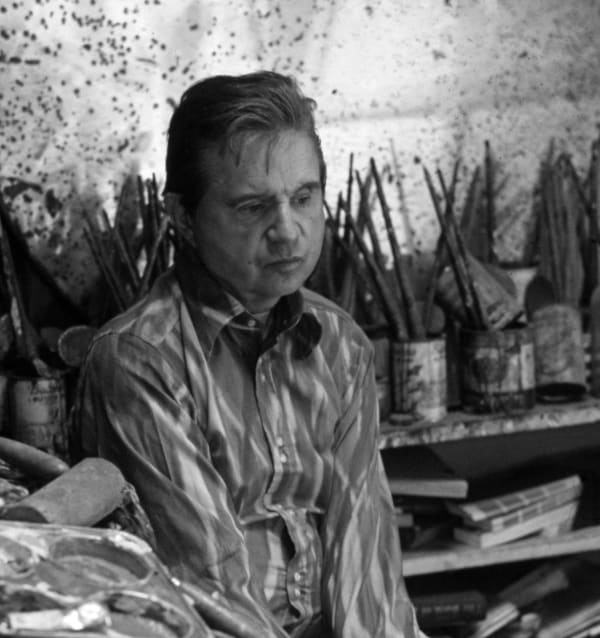-

MIROIR DE LA TAUROMACHIE, 1990
colored lithograph, 48 x 36 cm
©The Estate of Francis Bacon
-
“You can be haunted by an image, a shape, a way of feeling that keeps returning. Painting is a way of exorcising it, or at least, trying to.”
– Francis Bacon
The project also speaks to Bacon’s enduring dialogue with literature and philosophy. His friendship with Leiris, a surrealist and ethnographer, lent the series an added layer of intellectual intimacy. Leiris viewed the bullfight as a metaphor for the human condition, while Bacon translated that tension into visual form with his characteristic immediacy. The result is a fusion of word and image that feels ritualistic rather than illustrative.



